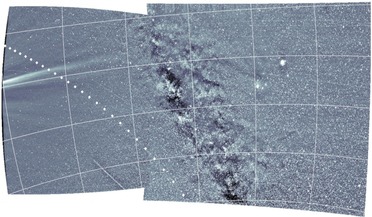 06 December 2019
Parker Solar Probe reveals major new insights on the Sun
06 December 2019
Parker Solar Probe reveals major new insights on the Sun
... predict," said Justin Kasper, a professor of climate and space sciences and engineering at the University of Michigan who serves ... the solar wind escapes. This has huge implications. Space weather forecasting will need to account for these flows if ...
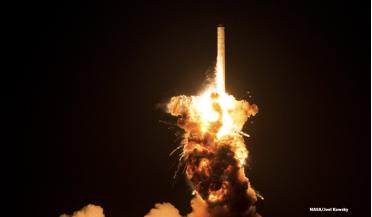 April 2025
Spacecraft anomalies and insurance losses
April 2025
Spacecraft anomalies and insurance losses
... point. Although most insurance loss events happen either at launch or during the first year of a spacecraft’s life, space weather events can complicate this trend. As shown in Figure 3, by measuring the insurance loss rate relative to the platform...
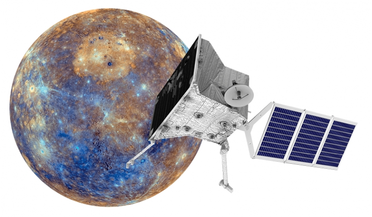 June 2017
Bepi-Colombo will unveil Mercury’s secrets
June 2017
Bepi-Colombo will unveil Mercury’s secrets
...in 2015 and study it to understand the rate of space weathering. Trials and tribulations Having a dual spacecraft such as MPO...new materials able to withstand the extreme environments of space, including severe temperatures, and to insulate the ...
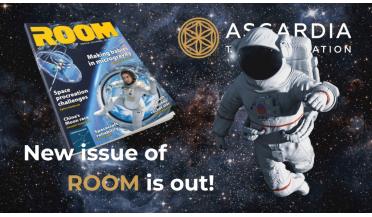 02 April 2025
Bold ideas and big questions in our Spring 2025 issue
02 April 2025
Bold ideas and big questions in our Spring 2025 issue
... include: Making Babies in Microgravity – Investigating the science and societal implications of human procreation in space Space Weather & Infrastructure Risk – Understanding the threat of solar storms to global communications and power grids The...
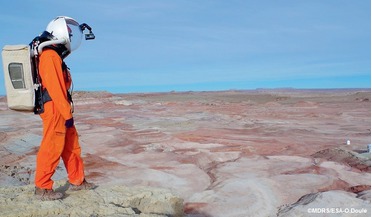 December 2014
Ready for Mars? From Mars-500 to zero-gravity medical issues
December 2014
Ready for Mars? From Mars-500 to zero-gravity medical issues
... core of the spacecraft interior, possibly surrounded by stored water and oxygen tanks,together of course with accurate space weather warnings. Another particular medical issue faced by astronauts that is now better understood, following a 2012 NASA...
 April 2018
Future Cubesat swarms pose significant communications challenges
April 2018
Future Cubesat swarms pose significant communications challenges
...of eight CubeSats at 450-550 km in LEO. Each spacecraft collects space weather data cross-linked to each other via UHF band at a rate...and Frequency Past Practice and Current Trends; NASA Goddard Space Flight Center, June 2014. 7 Zanette, Luca; Reyneri...